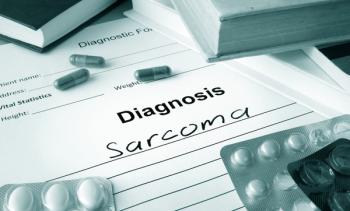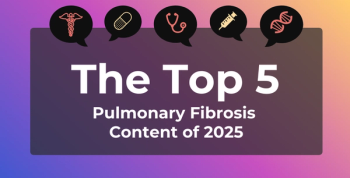
Contributor: How Pharmacists and Providers Can Improve Patient Care
Pharmacists and pharmacies can be doing more to help with medication management for their patients.
The World Health Organization says that
But, according to a 2019
Ross concludes that a principal reason medication management is not optimized is because physicians and nurses are in charge. As a pharmacist, I agree with his diagnosis. The people responsible for dispensing medications should be far more involved in the management of medications for their patients.
Medication management is a more comprehensive term than medication adherence. It recognizes that patients must organize their medication while understanding both its purpose and interaction with other medications or diseases. Proper medication management naturally leads to medication adherence, and the most important aspect of medication management is that it improves patient use and administration.
Effective medication management models are patient-centric. Pharmacies have the knowledge of these models, and we already care about our patients’ needs and barriers. We want to create a system that makes it easier for them to manage chronic conditions on their own. If we can increase metrics like proportion of days covered (PDC) that indicate adherence, we can subsequently reduce readmissions, saving a significant portion of the $528 billion cost annually from subpar medication management.
For example, according to an
We have a lot of patients who start on our services and see their outcomes increasing, but progress is not always visible. Most pharmacy and readmission studies focus on big, integrated health networks or hospital pharmacies, yet dismiss the community pharmacy. Unless a pharmacy is specifically part of a study, the health care world simply doesn't pay attention to its impact, making it difficult to get big data on how community pharmacies can make a difference.
Health care needs to pay more attention to real-time pharmacy data beyond PDC measures and look at things like which medications patients skip due to cost. We have workflows in place to reach out to the doctors to talk about alternatives if a patient can't afford a prescription, but many pharmacies just set those scripts aside. This is a huge missed opportunity.
Cost is also an issue on our side of the counter. The thing that we are trying to do differently, especially with our medication-at-home model, is to make pharmacy value-based, similar to how accountable care organizations and patient-centered medical homes are paid. We can be reimbursed for the dispensing of the script, as we are currently, but we should also be paid for the value we are creating for the plan—a per-patient/per-month fee for keeping metrics high, or a percentage of the cost savings, for instance.
These types of incentives would go a long way to acknowledging that pharmacies are not just an expense, but an integral part of the health care system. Thanks to COVID-19, patients are now going to the pharmacy for other health reasons, such as vaccinations or point-of-care tests, rather than to merely pick up a prescription. Pharmacies are being included in test-and-treat programs; there is legislation on provider status, and many states are increasing the scope of practice for pharmacy technicians. Pharmacies are also being used to act as liaisons with providers, getting critical information and providing accessible care.
In other words, pharmacies are doing it all. We can do even more to help our patients, but only if the current system is willing to change.
Newsletter
Stay ahead of policy, cost, and value—subscribe to AJMC for expert insights at the intersection of clinical care and health economics.







































